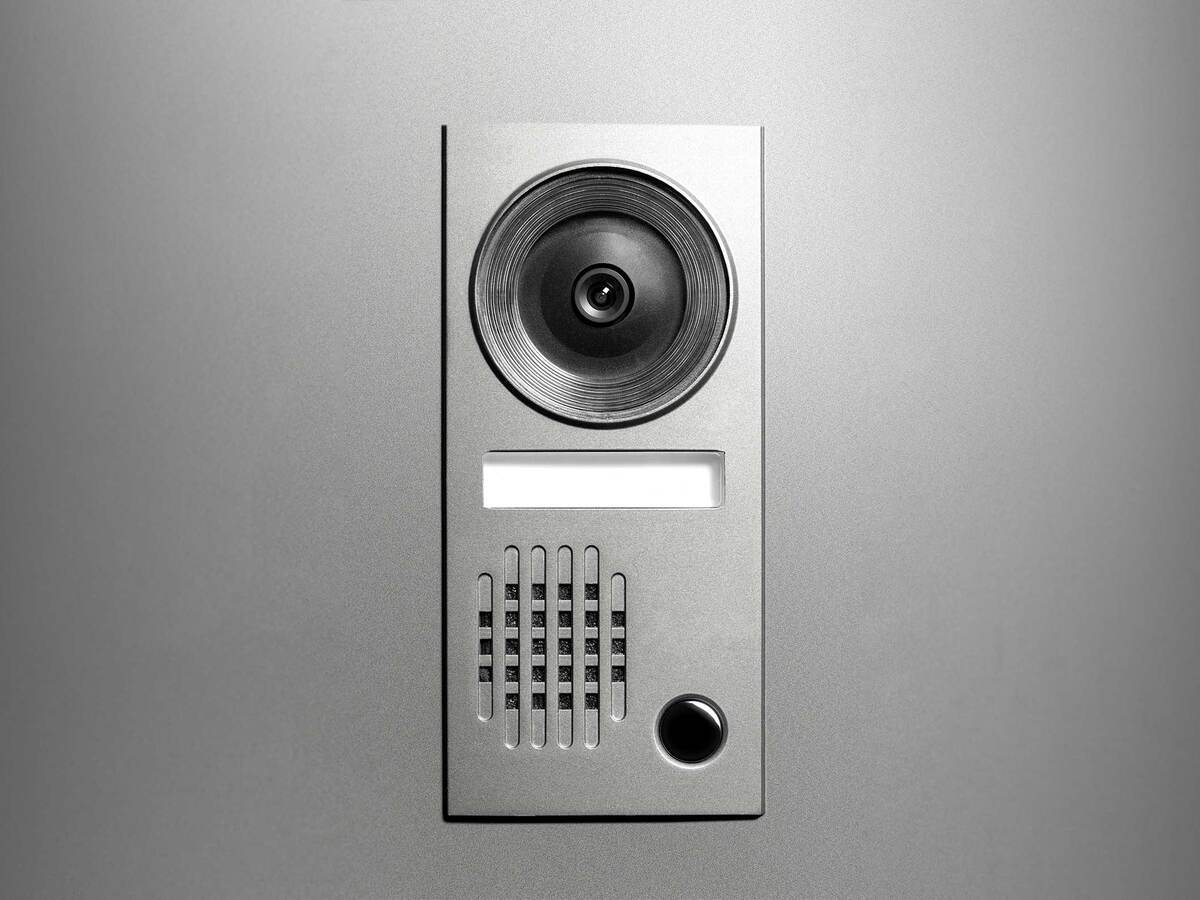July 7, 2023
By Allan P. Sanedrin, principal engineer, Fire and Life Safety/Signaling Systems, Built Environment group at UL Solutions
Imagine a scenario in which a fire evacuation signal alerts building occupants. The elevators are recalled and shut down, but people need help getting down the stairs. Where do they go? How do they call for help? Model codes and equipment standards are meant to address rescue assistance in situations like this.
A person who needs help evacuating a building can go to a nearby area of refuge. Model building and life safety codes define an area of refuge as a designated space in a building where building occupants who need assistance to egress will assemble during an emergency event such as a fire. An area of refuge is clearly identified and may be located in a stairway or stairway landing, elevator lobby or landing, occupant evacuation elevator lobby or landing, or a location identified as an area of rescue assistance.
A remote communication station is required in an area of refuge so that people can communicate with someone at a central control point. The building occupants use the remote communication station to contact the master control unit, where an operator can dispatch help. This communication system is required in accordance with National Fire Protection Association (NFPA) 72, National Fire Alarm and Signaling Code, NFPA 101, Life Safety Code, NFPA 5000, Building Construction and Safety Code, International Building Code (IBC), and International Fire Code (IFC).
The 2022 edition of NFPA 72 requires systems used for area of refuge emergency communications systems, stairway communications systems, elevator landing communications systems and occupant evacuation elevator lobby communications systems to be listed in accordance with UL 2525, the Standard for Two-Way Emergency Communications Systems for Rescue Assistance.
Rescue assistance communication systems and equipment
Rescue assistance communication systems serve a life safety function when performance, safety, supervision (monitoring and indicating the need for action due to an abnormal condition of the system or equipment) and reliability are critical. A typical on-premises system is composed of an annunciator, remote annunciator stations for distribution to multiple areas of refuge, a master control unit, and the power supply with a primary and a secondary power source.
UL 2525 is used to test and certify these systems and equipment, specifically addressing concerns of life safety. The first edition of this Standard was proposed by UL Solutions and reviewed and accepted to be published as a consensus standard by the UL 2525 Technical Committee (formerly known as – a Standards Technical Panel or STP) of Authorities Having Jurisdiction, consumers and manufacturers.
Products certified by UL Solutions can be located by searching for product category UUKB using Product iQ®. Product iQ is complimentary to use, but does require a one-time registration.
Life safety performance product certification
A typical scenario in which a rescue assistance communication system comes into play is when a fire evacuation signal annunciates, and elevators are recalled and shut down. A person who needs help getting down the stairs evacuates to an area of refuge in a stairway landing and calls for help through the remote communications station. The operator at the master control unit receives the call and dispatches help.
During a product certification evaluation, the intent and relevance of requirements come to light when considering the scenario above through the requirements of UL 2525 as outlined here.
A fire evacuation signal is annunciated in a building. The elevators have been recalled and shut down. A person who needs assistance getting down the stairs goes to an area of refuge in the stairway landing to call for help. The building occupant finds the remote communication station readily distinguishable from the surrounding background and easy to use. Initiating a call is done by pushing a button at least one inch in any dimension, requiring less than 5 pounds force or any hand or finger dexterity, fine motor movement or simultaneous action such as tight pinching, twisting or grasping. Operating instructions, written and in braille, are posted next to the push button.
The person initiates a call, and within 10 seconds a master control unit annunciates the emergency signal visually and by a 70 dB audible signal that continues to sound until an operator answers the call. The operator talks with a person requesting help through voice communication technology tested for audio quality meeting requirements for sound output, frequency response and total harmonic distortion. The audio performance has been verified under various conditions that may occur during a fire such as:
- High and low primary and battery input voltages, under minimum and maximum loading conditions,
- High and low ambient temperatures and high humidity environments, and
- Various transient voltages including 6,000 V, applied to the input power connection and 2,400 V to all field wiring circuits.
As a master control unit receives calls from other remote communication stations, the operator sees visual indications while audible indicators are reduced so as not to interfere with any call. The active remote communication station is identified at the master control unit so that help can be dispatched to the correct location if a person at an area of refuge is non-verbal.
The calls coming to a master control station are prioritized by calls needing to be answered and in the order in which they were received. Call signals in a system are prioritized in the following order: life safety, supervisory, troubles associated with life safety and all others. The quantity of each signal type is also continuously visible and distinct from one another.
If the master control unit operator is not responding to the emergency signal, the system provides a timed automatic means to connect with an off-site location that is constantly attended. When this happens, the emergency signal automatically indicates the identity of the specific location of the building, including verbal communication of the building address.
Certification to UL 2525 evaluates the system reliably in accordance with its intended life safety function. The equipment used in each system has been tested for compatibility to demonstrate interoperability of all components, endurance to simulate the life of the product, measured derated component temperatures to reduce stress at the component level, jarring to test physical securement of components and assemblies, and immunity to radio frequency signal interference. Should the building lose power, the system continues to operate through back-up batteries. With batteries that are correctly sized, the battery charger maintains fully charged batteries so that the system can continue to operate for 24 hours.
Certification indicates that the rescue assistance communication system has been evaluated for fire and shock hazards, including dielectric voltage-withstand testing of the insulation system, leakage current measurements, and the application of various abnormal operations and conditions. UL Solutions also conducts a construction review for sharp edges and access to hazardous live parts to protect users and maintenance personnel.
Model building and life safety codes require these systems to be properly installed, tested, maintained and supervised. The initial compliance inspection confirms whether or not installation instructions were followed for proper wiring, critical components like end-of-line devices, electrical ratings, environmental ratings and programming. The product markings must include correct wiring connections, intended installation environment, necessary warnings and cautions. Maintenance procedures and recommendations are provided by a system manufacturer, addressing fuse replacements and test procedures of the system. Faults in the system must be annunciated as troubles, which resound every 24 hours or less, if silenced.
Performance testing also confirms whether or not the master control unit operator answers calls, dispatches help and resets the emergency signals as they are handled. The operator must be able to view all events in the system and manually assign normal or heightened priority to the calls.
As code authorities and building owners consider these communications systems, they can look to UL 2525 certification to address their concerns with respect to performance, reliability and safety. The above scenario is a sampling of the considerations evaluated by UL Solutions in accordance with product certification to UL 2525. In a life safety application, the communication system needs to be more than just an intercom. For further questions about UL 2525, contact regulatoryservices@ul.com.
See UL Product iQ for more information on these systems under UL Solutions product category UUKB, Two-Way Emergency Communications Systems for Rescue Assistance.
Stay informed
Actionable insights on the topics you choose, delivered directly to your inbox.


